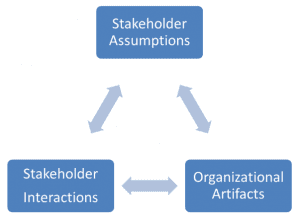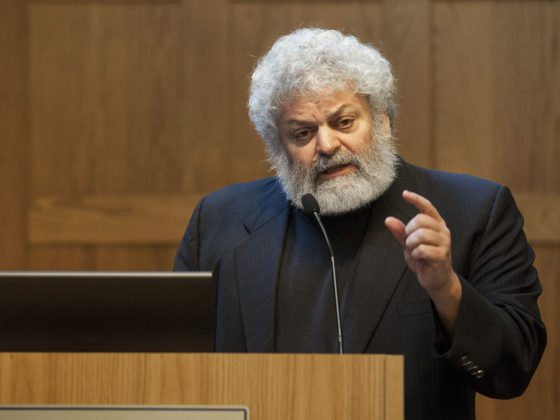In his January 5th “Case in Point” for the Washington Post, “Strategic Changes Should Take Context Into Account,” Assistant Professor Bidhan “Bobby” Parmar explains why business leaders’ initiatives for change often fail. He demonstrates that leaders need to consider an organization’s ecosystem when implementing their strategic plans. From reading case studies and doing consulting work, Parmar noticed similarities between the successful adoption of new organizational practices and the survival of biological distinct species in a new environment:
As an analogy, think about what determines the success of a species moving into an ecosystem. To survive, it needs food, water and a lack of such threats as predators. Successful adaptation is largely determined by the fit between the species and its new environment.
Parmar’s concept of organizational ecology means that instituting change requires attention to many factors that managers might not have identified as key to the success of an organizational intervention. Managers must also strive to have a complete understanding of the ecosystem, which requires an understanding of the relevant 1) assumptions (how stakeholders think and feel), 2) artifacts (tangible technologies, procedures, and physical spaces which shape behavior) and 3) interactions (patterns of behaviors and relationships).
By identifying which of these factors supports or hinders the change initiative, managers can help their efforts flourish in the organization.
Parmar more fully fleshes out his ideas in a technical note, UVA-G-0631, A Framework for Improving Organizational Interventions, released in July 2012 by Darden Business Publishing.






